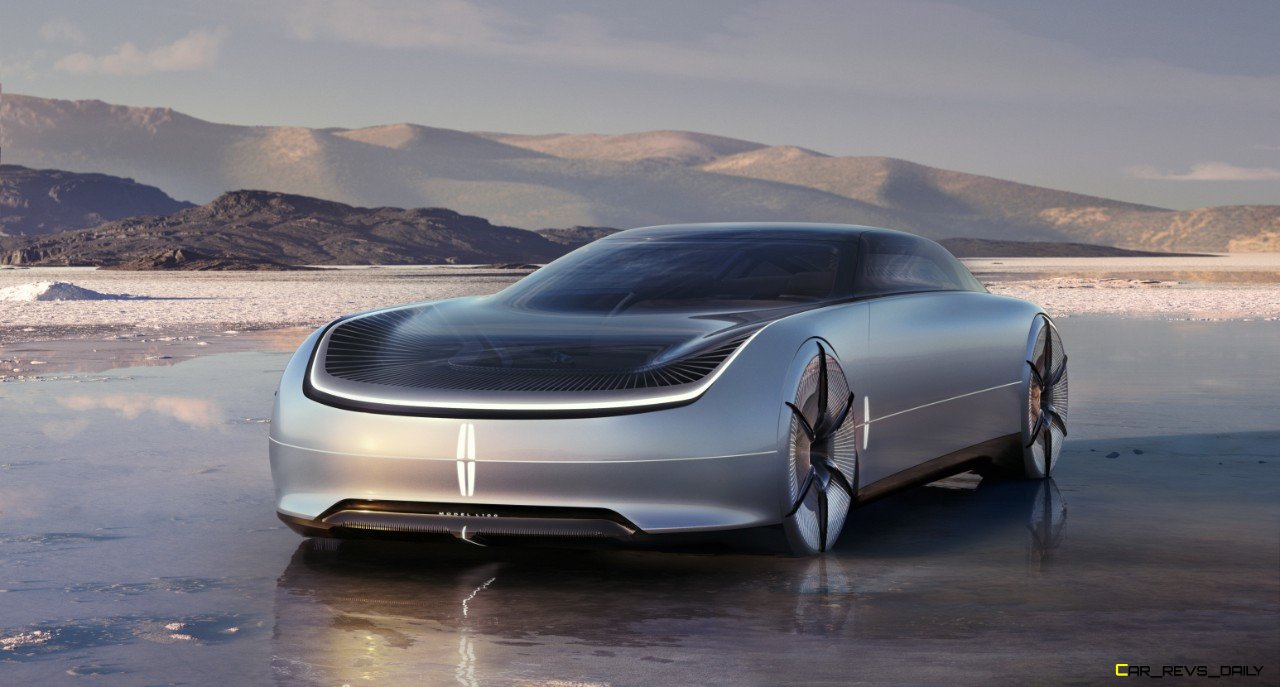Lincoln may be looking towards a future where electrification and technology will define automobiles, but that doesn’t mean that it has decided to completely ignore its past. On that front, the brand has formally unveiled its newest concept, the Model L100
Model L100 Lives Large
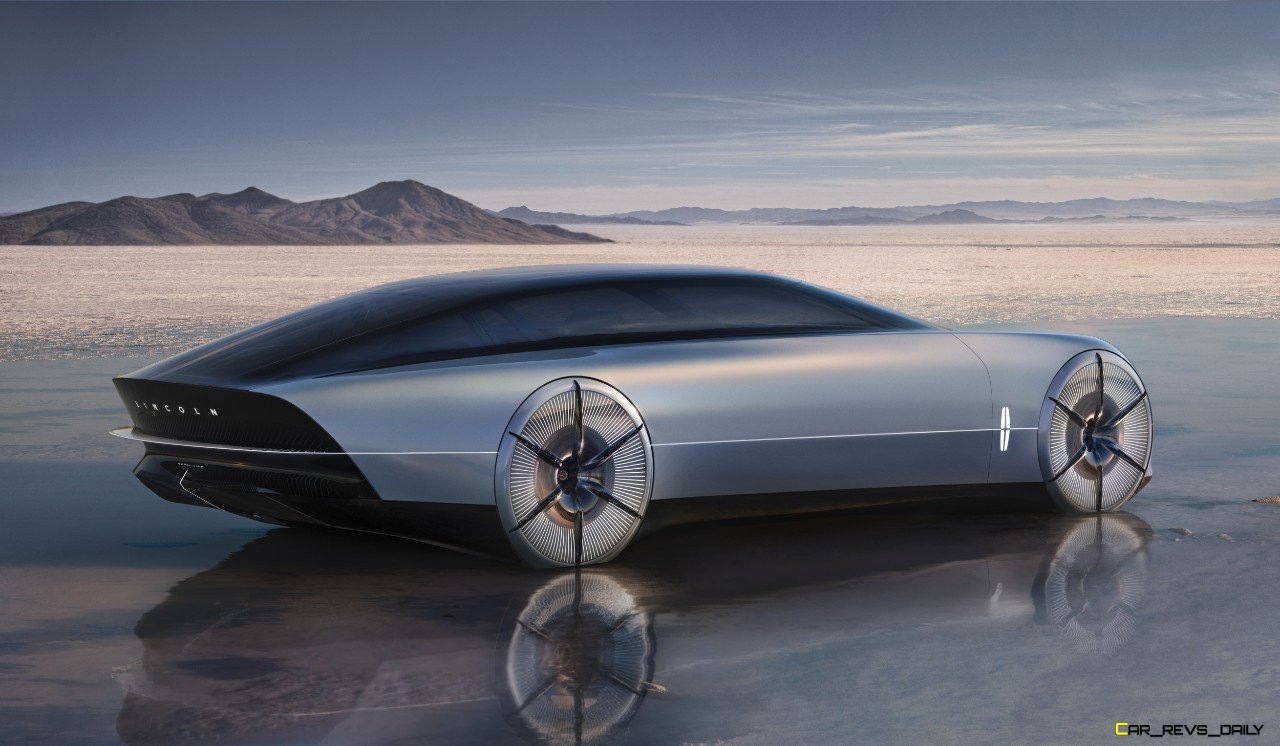
The Model L100 is a 2+2 Coupe but don’t let Lincoln’s press photography fool you; this concept is a large expression of design, with Lincoln designers being allowed to throw everything they could at it to make it special.
With the concept being longer than a Navigator, they had plenty of canvas to work with, and a large slice of this space went to the large suicide doors, perhaps the most elaborate set of doors we have ever seen. They have an insectoid look to them when opened and Lincoln claims that not only can owners adjust the angle, but the doors are connected to the lighting elements, with a red carpet effect projected onto the ground.
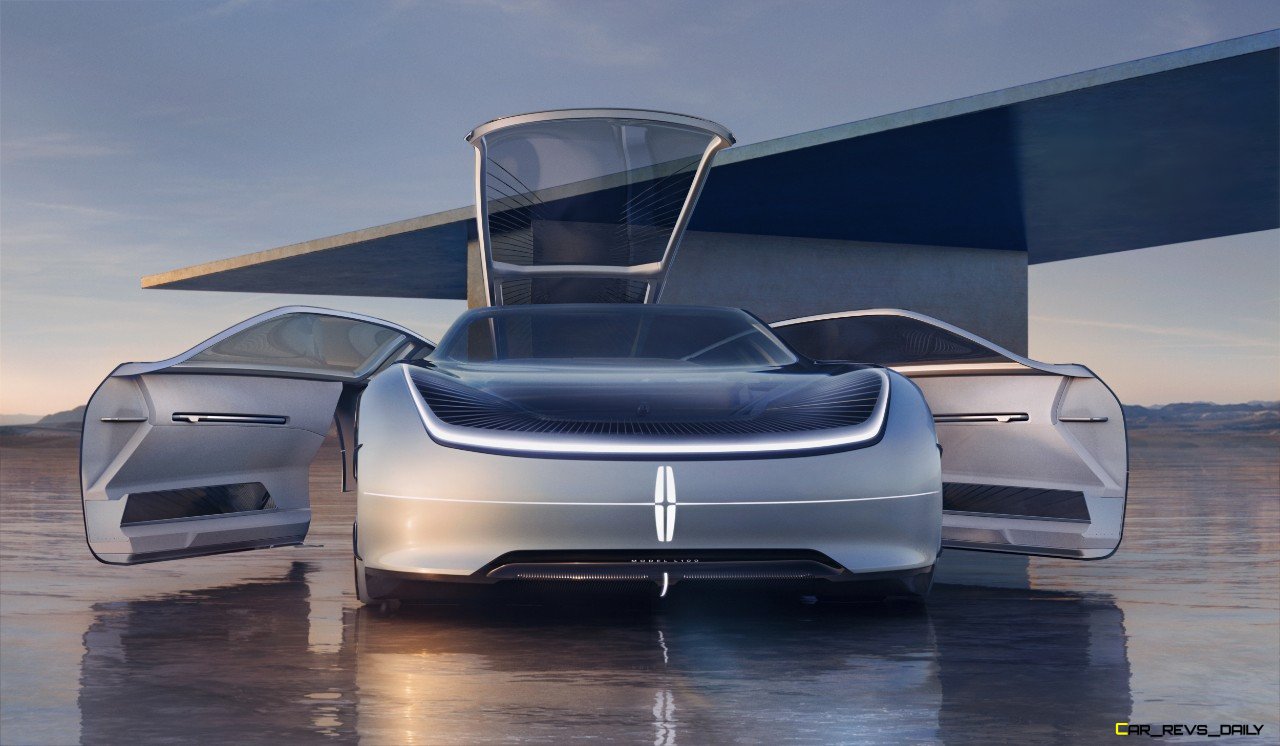
The sleek bodywork is designed for maximum aerodynamic efficiency, and that includes tucking the wheels inside the bodywork to reduce excess drag. The exterior also houses LED lighting that can be customized to create a unique”Movement Signature” tailored to the driver’s personality and tastes.
Versatile Interior Comes Loaded With Technology
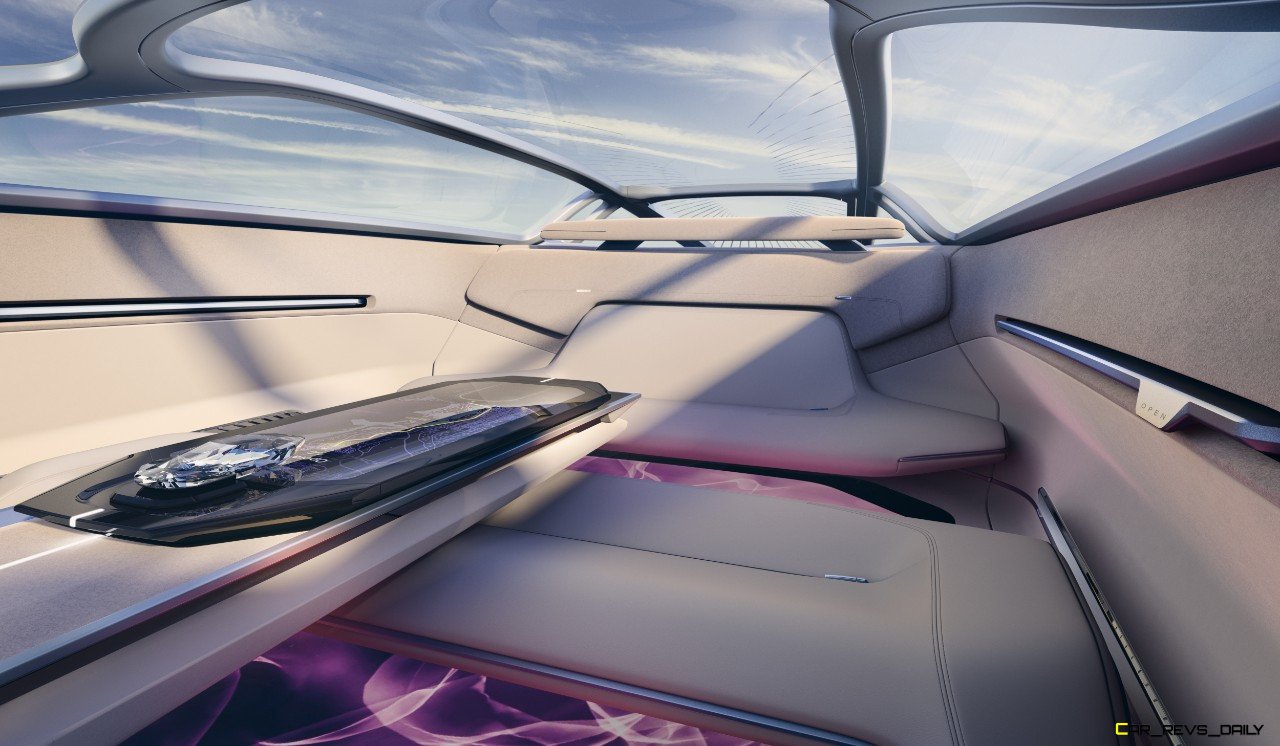
In Lincoln’s version of the future, people will still own cars, and to that end, the Model L100’s interior was designed to be versatile and luxurious with seating for up to five passengers.
The dashboard, center stack and other controls are all about simplification and that’s even evident in the way occupants enter destination information for the navigation system. Instead of using a traditional map, the interface is a small miniature of the car itself. Just place the toy like contraption anywhere on the map, and the Model L100 will go directly to the location you picked with no involvement from the driver needed.
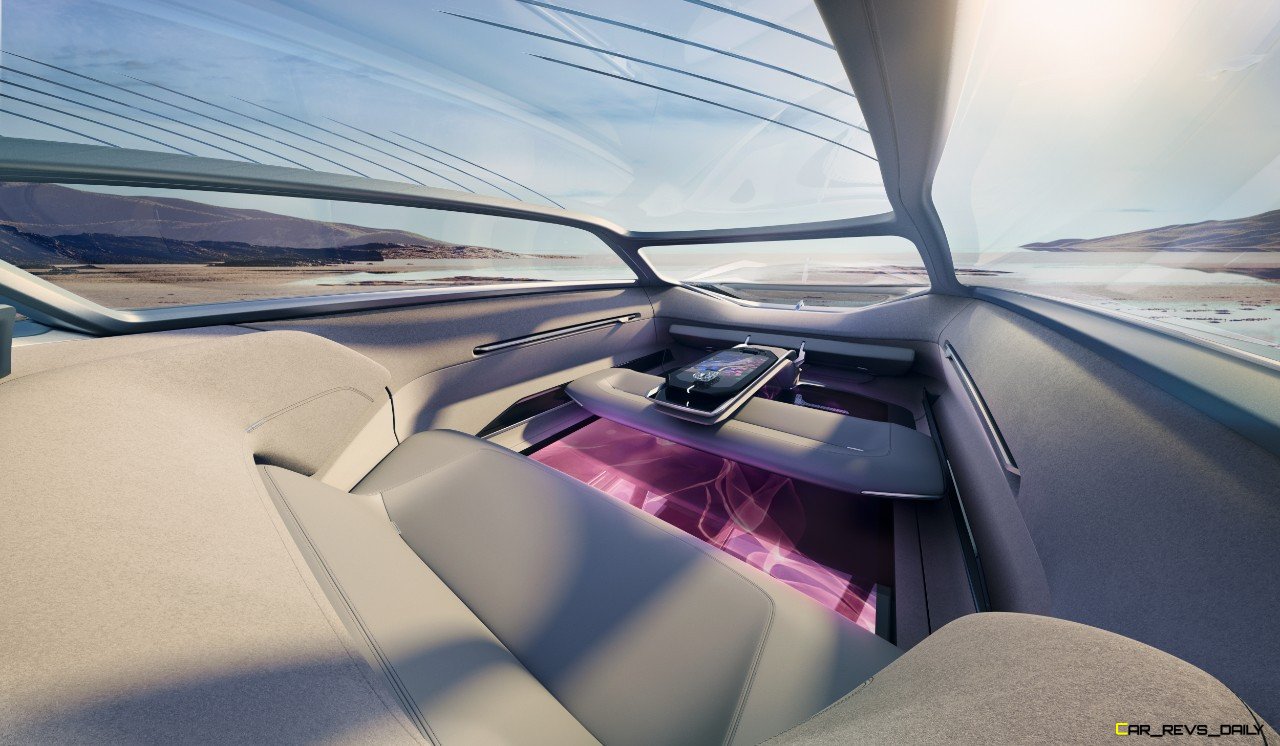
“Concept vehicles allow us to reimagine and illustrate how new experiences can come to life with the help of advanced technologies and allow our designers more creative freedom than ever before,” said Anthony Lo, chief design officer, Ford Motor Company. “With the Model L100, we were able to push the boundaries in ways that evolve our Quiet Flight brand DNA and change the way we think about Lincoln designs of tomorrow.”
The company also reflected on how vehicles like the Model L100 will shape Lincoln’s future in a separate statement revealing.
“We are at a special moment in our history. Over the last 100 years, Lincoln has pioneered multiple innovations and pushed the boundaries of design that have come to define our brand as we know and love it today,” says Joy Falotico, president, Lincoln. “With the Model L100 Concept, we reimagine what the Lincoln sanctuary might look like for our clients of tomorrow moving us forward to define the next chapter of the Lincoln story.”
Performance Veiled In Mystery

With all the insane details in this concept, the one key item that we don’t know much about is the performance hardware, with Lincoln not releasing too many details about the concept’s drivetrain. What we do know is that the Model L100 will use a next-generation battery pack and cell technology, with the density of these parts playing a key role in not only improving interior space (a key trait of floor-mounted systems) but also allowing EVs like the L100 to be treated as a unified system which allows the brand to have more efficiency and flexibility in the design and engineering stages.
When Will We See A Production Version?
While the Model L100 in its current form will most likely not make production, we could see its battery technology be used in Lincoln’s planned lineup of BEV vehicles with the company currently on track to unveil the first of these models in the near future.
Other concepts like the Star also tease a design language where large chrome pieces are swapped out for simpler angles and a greater emphasis on LED lighting technology that would not only allow for simpler production but also allow Lincoln to have a distinct vehicle identity when compared to Ford’s growing pool of BEV entries.

Carl Malek has been an automotive journalist for over 10 years. First starting out as a freelance photographer before making the transition to writing during college, his work has appeared on numerous automotive forums as well as websites such as Autoshopper.com.
Carl is also a big fan of British vehicles with the bulk of his devotion going to the Morgan Motor Company as well as offerings from Lotus, MG, and Caterham. When he is not writing about automobiles, Carl enjoys spending time with his family and friends in the Metro Detroit area, as well as spending time with his adorable pets.

